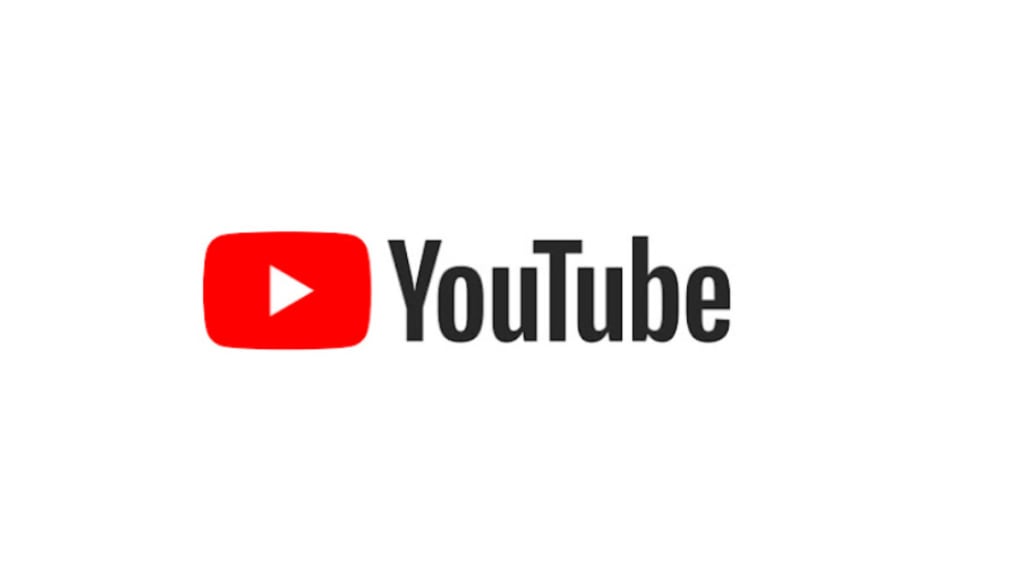YouTube has long been a platform where advertisers could reach vast audiences through a variety of ad formats. There are 2.1 billion YouTube users across the world, according to a report by Statista. Among these, the recently introduced pause ads have sparked discussions about their effectiveness, user experience, and implications for content creators and advertisers alike. This ad form reportedly will appear when a viewer pauses a video, showcasing an ad popping up on the side of the screen that likely interrupts the viewing experience. Prior to this, YouTube launched unskippable ads in May 2023. While these ad plug-ins may offer new opportunities for advertisers to earn money and may also give YouTube a new arena to push its paywall-based subscription model, this might also have potential drawbacks that warrant careful consideration.
YouTube’s advertising revenue accounted for approximately 10.25% of Google’s total revenue in 2023, according to Statista. From what is understood, this silver lining mixed with a little bit of optimism led to Pause ads, which are designed to capture the viewer’s attention during a moment of inactivity, that is when they essentially pause the video they are watching. Unlike traditional pre-roll or mid-roll ads, which play while content is actively being consumed, pause ads capitalise on the users’ pause, aiming to deliver a message when the viewer is most likely to be receptive, this format offers advertisers a unique cue to tap into the users’ attention when they aren’t paying attention to the app.
Paying attention when not paying attention?
Wondering how that works? Well, YouTube is not the first platform to launch something like this. Earlier this year, Disney+Hotstar, an OTT platform, launched pause ads for its CTV ad format. “On average, users pause content four to five times daily, with over 90% of these pauses lasting less than 10 seconds, providing frequent touchpoints for advertisers,” the company stated. Furthermore, data shows a 26% higher engagement rate with pause ads, the company cited.
Why YouTube?
YouTube’s attempts to increase its subscription count aren’t new and this is just another step taken to tighten the measures. Users who have a premium subscription for the app, won’t experience this latest addition. It is safe to say that, the introduction of Pause ads raises questions about user experience and content consumption. From an advertising perspective, pause ads may not deliver the anticipated return on investment. While the format aims to increase visibility, advertisers must consider whether the distraction caused by ads leads to genuine engagement or simply annoyance. 91% of people believe ads are more intrusive, according to a report by HubSpot Research. If viewers begin to associate specific brands with interruptions, it could negatively impact brand perception. The bigger question posed for YouTube is that in an era where people are genuinely concerned about ad fatigue and the price-sensitive market economies that multiple countries have, how willing will people be to adopt to a change like this?
For many users, YouTube serves as a platform for entertainment, education, or relaxation, and interruptions, regardless of their intent, can detract from that experience. The nature of these ads may lead to frustration among users who feel that their viewing is being manipulated for commercial gain. Experts opine that frequent interruptions can diminish viewer satisfaction, potentially driving audiences away from the platform or reducing the amount of content they consume.
Where will the content creators go?
Moreover, the implementation of pause ads also has implications for content creators. YouTube’s monetisation model traditionally benefits creators based on the number of views and engagements their videos generate. With the introduction of pause ads, there is a concern that content creators may not see a direct financial benefit from this new format. If viewers become frustrated with the ads and choose to leave the platform or engage less with content, the overall ecosystem could suffer. Creators may find themselves caught in a dilemma where they need to balance content quality with the disruptive nature of these ads.
The saviour = YouTube premium
Arguably, the only way to save oneself from the plethora of ads thrown on the users by the company is to give them money. Starting at Rs 149 per month, YouTube’s paywall-based subscription plan is the only way to experience ad-free watching. The family plan under the scheme retailing for Rs 299 per month and a student plan for Rs 89 per month.
A simple search on Ad blockers will provide users with everything ranging from the best ad blockers of 2024 to how to implement one in your device. As advertisers and YouTube continue to refine their strategies, it will be essential to find a balance that respects the viewer’s experience while also achieving business objectives. In such a situation, is YouTube’s Pause ads the best way out or a game of domino that will pull the audience away?
